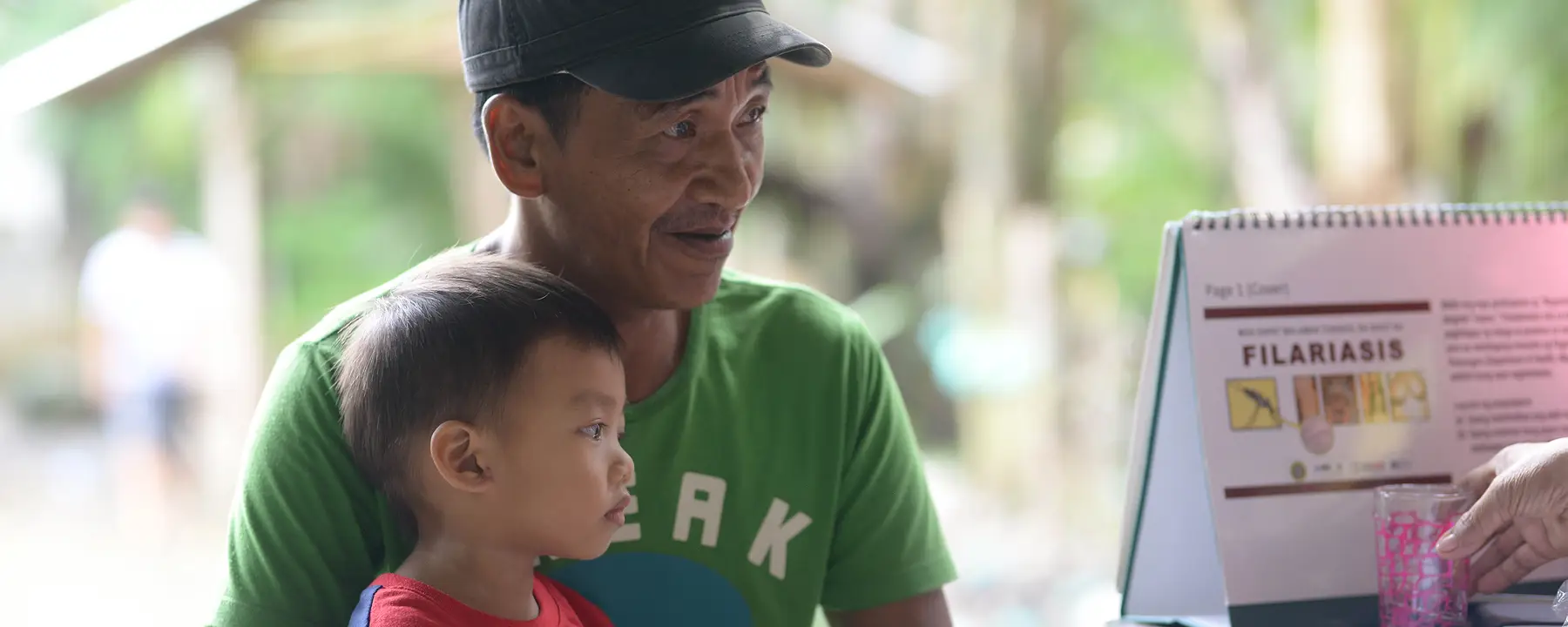Globally, more than 1 billion people suffer from one or more neglected tropical diseases (NTDs). A group of parasitic and bacterial diseases, NTDs cause severe disability among the world's poorest people. These ailments can lead to disfigurement, social isolation, economic hardship, and even death.
Since 2006, RTI has led NTD programs and worked with partners to reach over 65 countries with training, technical support, and resources to improve the impact and effectiveness of NTD services. In 2018, RTI committed $3 million of its own funding to accelerate research and develop innovations to eliminate NTDs.
Opportunities and Challenges of Integrating NTDs into Other Health Programs
Combining health programs and activities can save resources, increase effectiveness, and reach more people. RTI conducted a landscape analysis on the feasibility of incorporating NTD programs into other health programs, focusing on the five NTDs treated through regular preventive chemotherapy, namely lymphatic filariasis, onchocerciasis, schistosomiasis, soil-transmitted helminthiasis, and trachoma.
By conducting a literature review and informant interviews, we found consensus on the attractiveness of incorporating NTDs into other health programs; however, several sources also cautioned that this approach is not appropriate in every circumstance. The challenge of incorporation is due to several factors that sometimes help and sometimes hinder it. These tensions make it difficult to develop clear guidelines for incorporation that work regardless of context.
The study also highlights the gaps in the literature, particularly the lack of formal evaluations on how NTD and broader health programs can best incorporate into each other. Future evaluations should focus on why incorporations succeeded or failed, rather than just whether they did.

